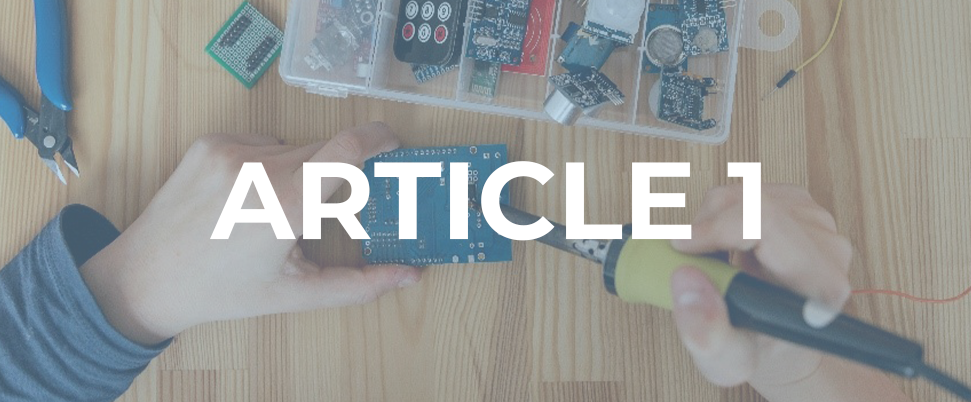Marín-Marín, García-Tudela & Duo-Terrón (2024) defend in their article “Computational thinking and programming with Arduino in education: A systematic review for secondary education” that every day we utilise technological systems that require the use of controller boards such as intelligent light sensors, automatic doors, parking or rain detectors in cars, kitchen or cleaning robots. The same authors describe that these systems are connected to the Internet of Things (IoT) making people’s lives and jobs easier. As a result, there are an increasing number of jobs that require qualified and trained people in this STEM – Science, Technology, Engineering and Mathematics field (Marín-Marín, García-Tudela and Duo-Terrón, 2024).
The twenty-first-century society is undergoing an excess of changes and advancements in the social, economic, labour, and technological fields (Goltsiou and Sofianiopoulou, 2022 cit in Marín-Marín, García-Tudela and Duo-Terrón, 2024), the speed of these transformations is creating imbalances that, in many cases, are challenging to resolve due to their immediacy and in this shifting context, education systems are not relieved from these changes (Marín-Marín, García-Tudela and Duo-Terrón, 2024) with improvements and adaptations to respond largely prompted by advanced technologies, which have a direct effect on classrooms [Prendes and Cerdán (2021) cit in Marín-Marín, García-Tudela and Duo-Terrón, 2024)].
By way of all presented above, the current education systems emphasise the acquisition of competencies and not just knowledge (Marín-Marín, García-Tudela and Duo-Terrón, 2024).
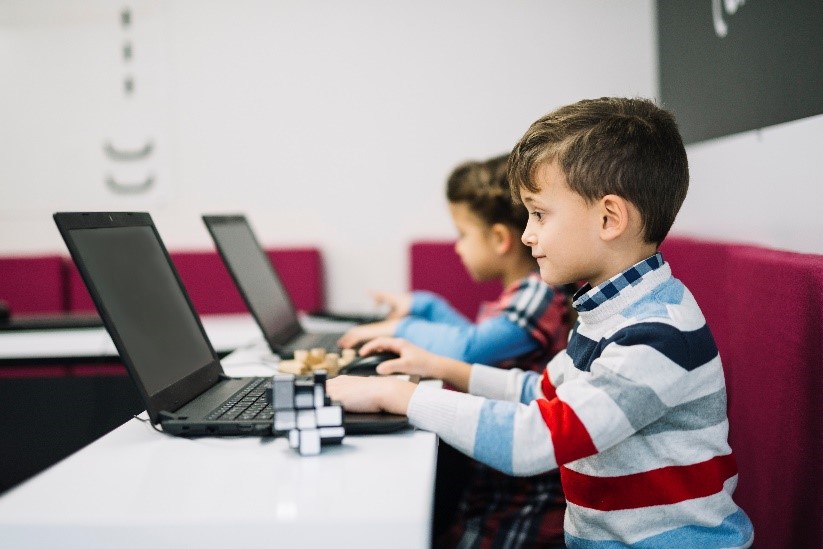
García-Tudela & Marín-Marín (2023) sustain in their Systematic Review that, when mentioning the concepts of programming and robotics, it is also essential to allude to the concept of computational thinking, since the main purpose of teaching how to program and use different types of robots is to foster the development of computational-thinking skills. The same authors suggest that a distinction should be made between programming and robotics: being the first defined as the code or language needed to communicate with the robot or digital device, and the second the assembly and manipulation of the tangible resources, that is, the robots. By combining robotics and programming from a didactic perspective, different computational-thinking skills can be fostered, such as abstraction, algorithmic thinking, decomposition and generalisation, among others (Vera, 2019 cit in García-Tudela & Marín-Marín, 2023).
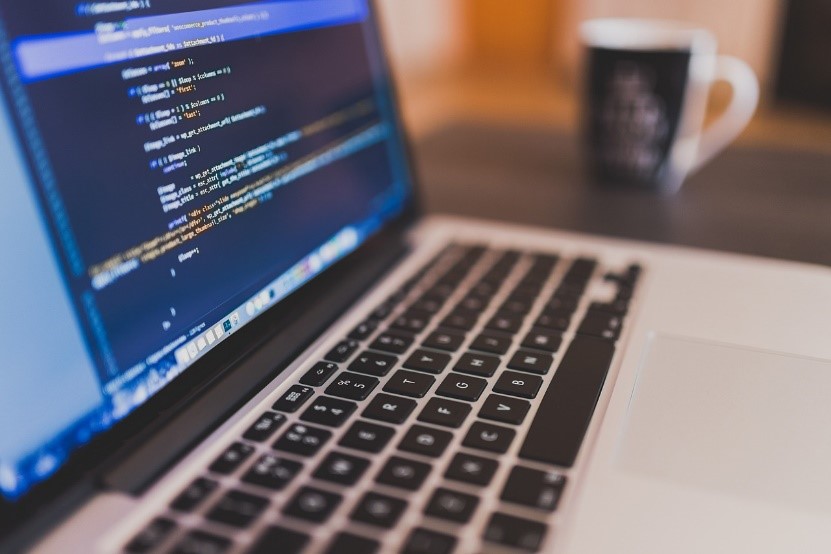
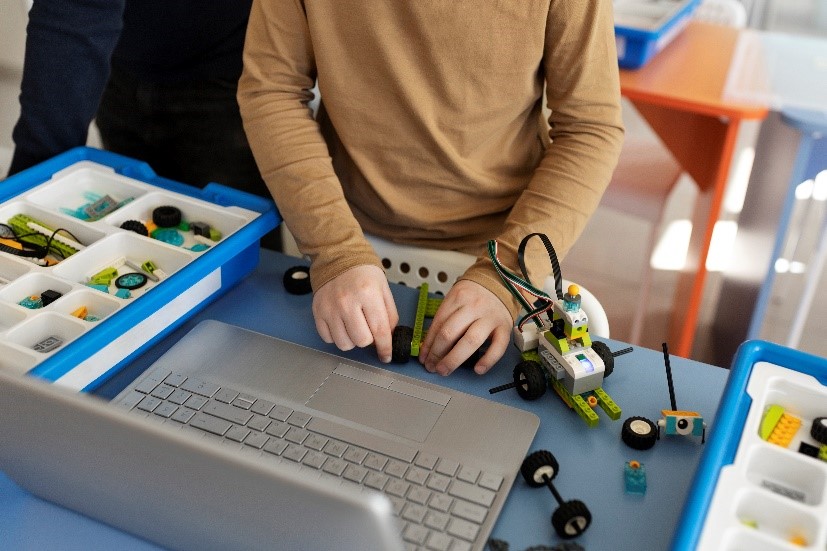
Wing (2017) defines computational thinking as “the thought processes involved in formulating a problem and expressing its solution(s) in such a way that a computer (human or machine) can effectively carry out” (cit in García-Tudela and Marín-Marín, 2023), proposing that it is a skill that goes beyond computer science, representing an attitude and skill for everyone (Wing, 2006 cit in García-Tudela e Marín-Marín, 2023).
As cited in the article “Use of Arduino in Primary Education: A Systematic Review” (García-Tudela and Marín-Marín, 2023), computational thinking can, therefore, be added to the school curricula as a 21st-century cross-cutting component (Nordby, Bjerke and Mifsud, 2022).
In the same article:
– Marín-Marín, Moreno-Guerrero, Dúo-Terrón & López-Belmonte (2021) defend the integration of computer science in schools offering all students the possibility of accessing computer science and to improve the learning of subjects known as STEAM (Science, Technology, Engineering, Arts and Mathematics);
– Making the content more authentic and relevant (Coenraad, Cabrera, Killen, Plane and Ketelhut, 2022); – Helping students to learn, breaking down tasks into simpler ones, formulating and testing hypotheses, exploring and investigating, relating knowledge and coming up with original ideas or solutions
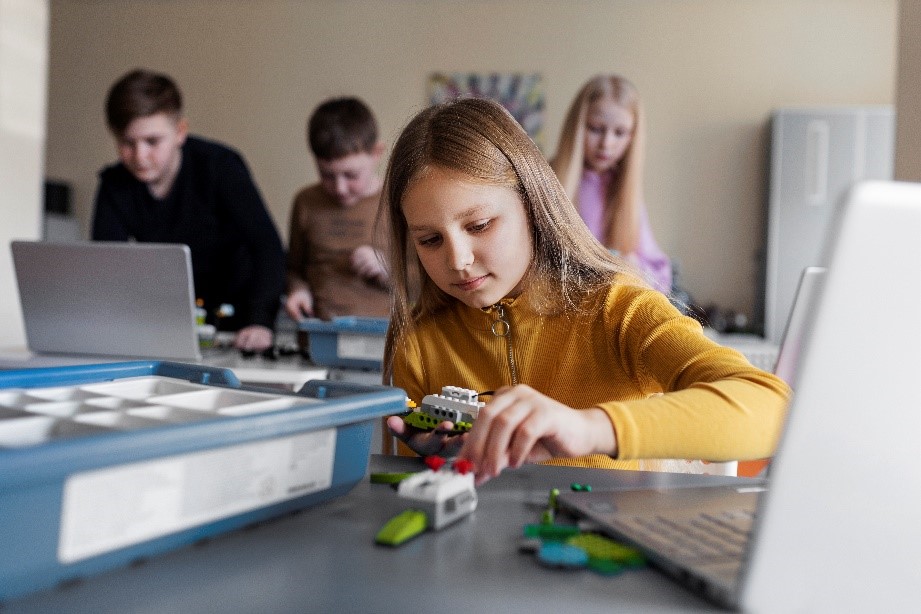
Marín-Marín, García-Tudela & Duo-Terrón (2024) and Ortiz, Jiménez, Puerta & Posada (2019) in their paper cit in García-Tudela & Marín-Marín (2023), indicated that the enhancement of computational thinking, which could include skills such as critical thinking, collaboration or creativity, in addition to the basic skills such as generalisation and:
Decomposition: to decompose a complex problem into smaller, more manageable tasks;
Pattern recognition: the ability to find similarities and patterns in data;
Abstraction: the ability to identify the key aspects of a problem and simplify them to make these easier to understand;
Algorithmic thinking: the ability to create a step-by-step plan to solve a problem;
Debugging: the ability to identify and correct errors in the code.
In the Systematic Review undertaken by García-Tudela and Marín-Marín (2023), the authors found that one of the most commonly used technologies to develop computational thinking is the Arduino board:
– This is an open-source electronic board based on easy-to-use and low-cost hardware and software (Kang, Yeo and Yoon, 2019);
– Besides being open-source, its software and hardware are both extensible, and it can be used at the same time in various operating systems like Linux, Macintosh OSX and Windows (Lopez-Belmonte, Marin-Marin, Soler-Costa and Moreno-Guerrero, 2020);
It should be noted that the board itself is not a functional resource, but needs other complementary components for its programming (García-Tudela & Marín-Marín, 2023):
– These boards can read an input (e. g. light on a sensor, a finger on a button or a Twitter message) and convert it into an output (e. g. turning on an LED, activating a motor or posting something online);
– It uses a proprietary programming language based on Wiring and the Arduino Software (IDE) based on Processing to perform, for example, the tasks above.
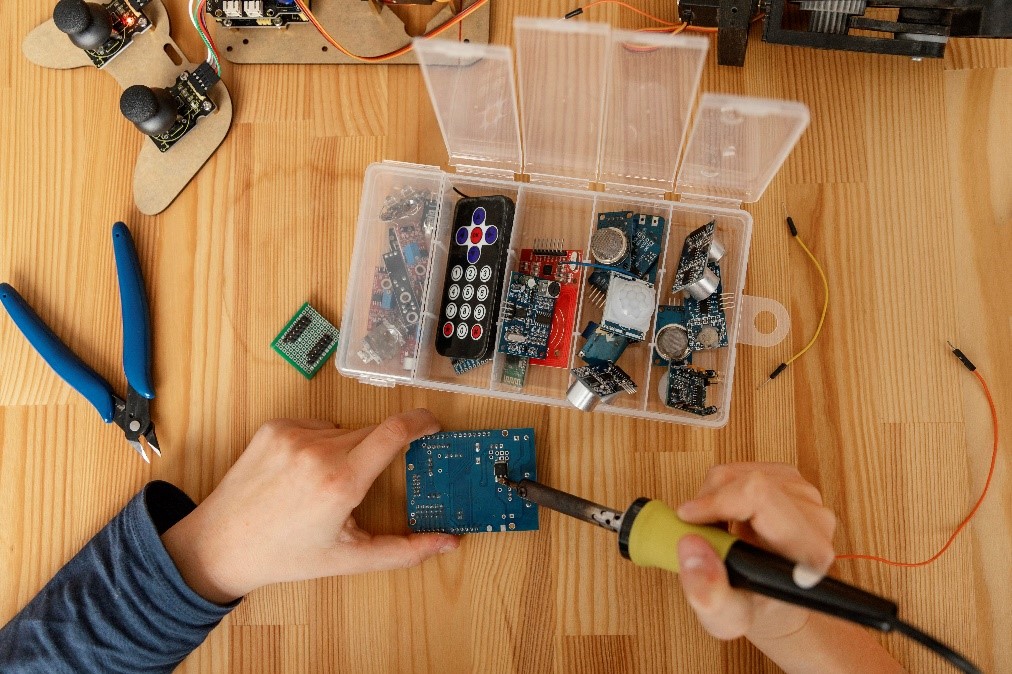
The maker and DIY (do it yourself) movements have adopted Arduino as a device, to build and design their projects (Lopez-Belmonte, Marin-Marin, Soler-Costa and Moreno-Guerrero, 2020). This encourages more and more young students to take up entrepreneurship and technology by giving them a sense that they too can understand how software and hardware combine to produce new technologies.
References:
García-Tudela, Pedro & Marín-Marín, José-Antonio. (2023). Use of Arduino in Primary Education: A Systematic Review. Education Sciences. 13. 134. 10.3390/educsci13020134. https://www.sciencedirect.com/science/article/pii/S2405844024052083 Accessed on 27th May 2024 Marín-Marín, A., García-Tudela, P. A., & Duo-Terrón, P. (2024). Computational thinking and programming with Arduino in education: A systematic review for secondary education. Heliyon, 10(8). https://doi.org/10.1016/j.heliyon.2024.e29177. Accessed on 27th May 2024

